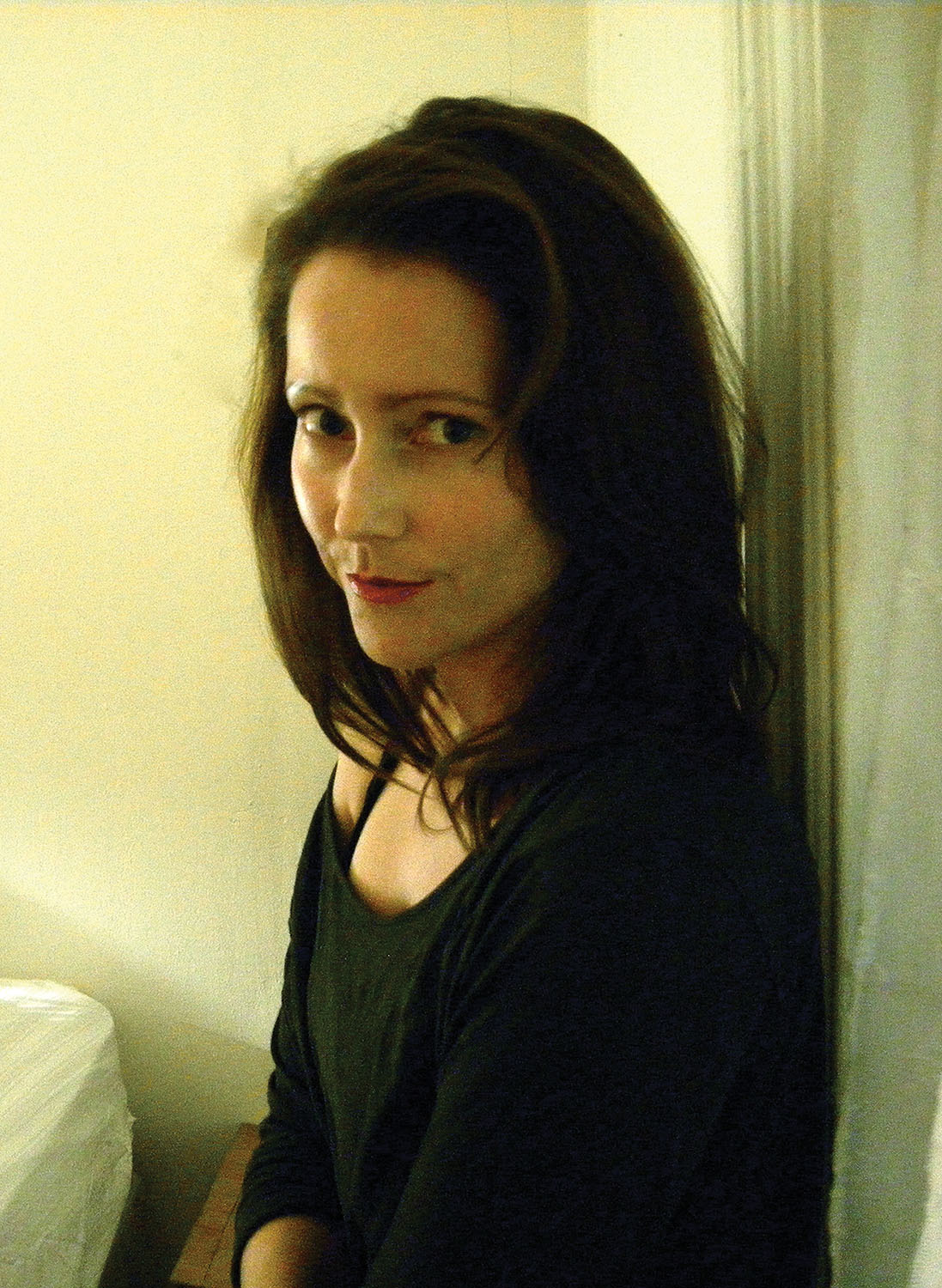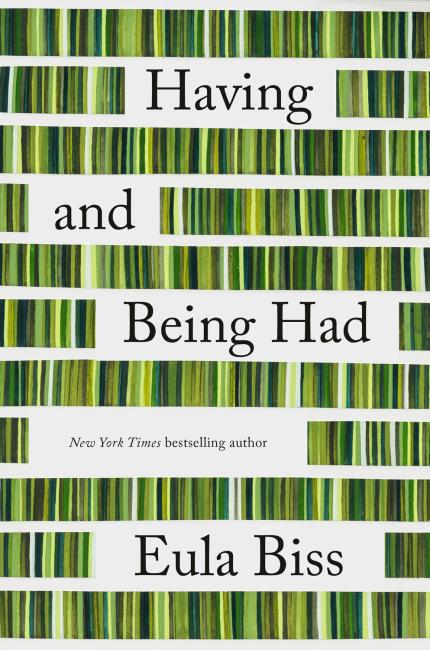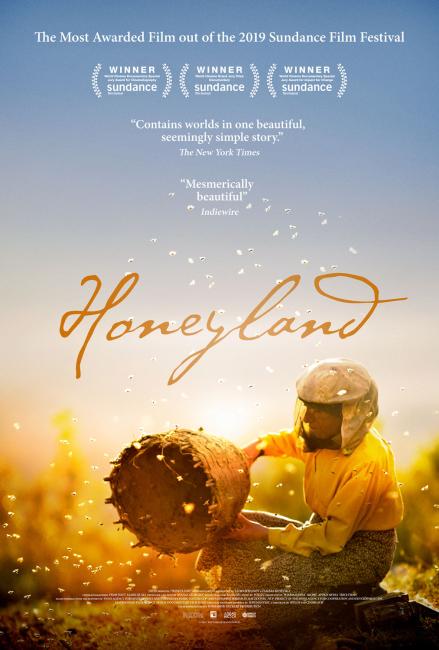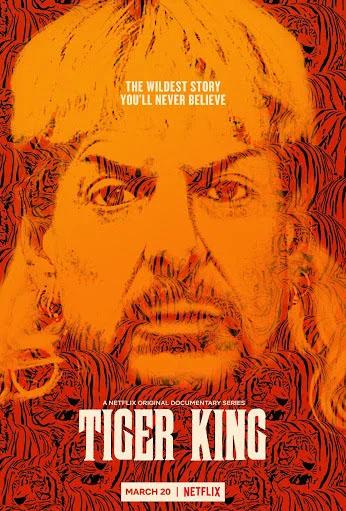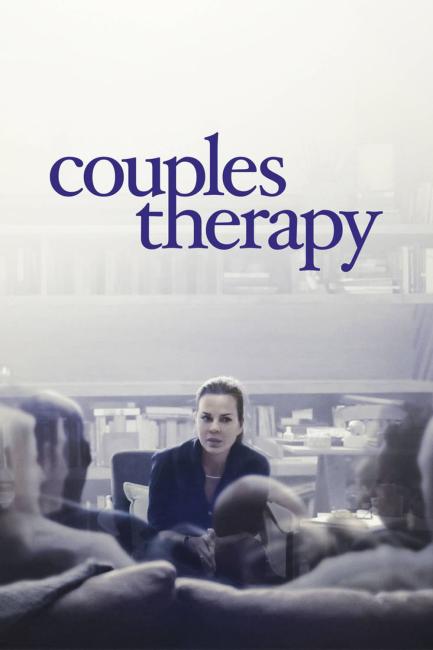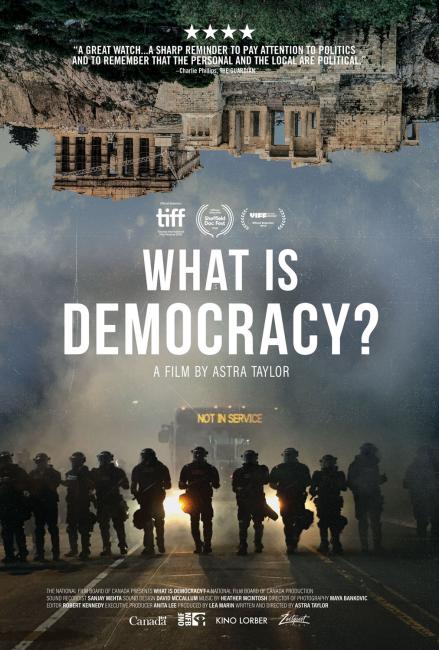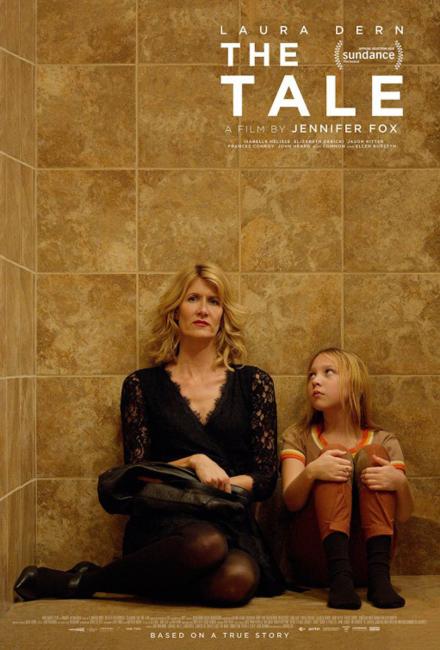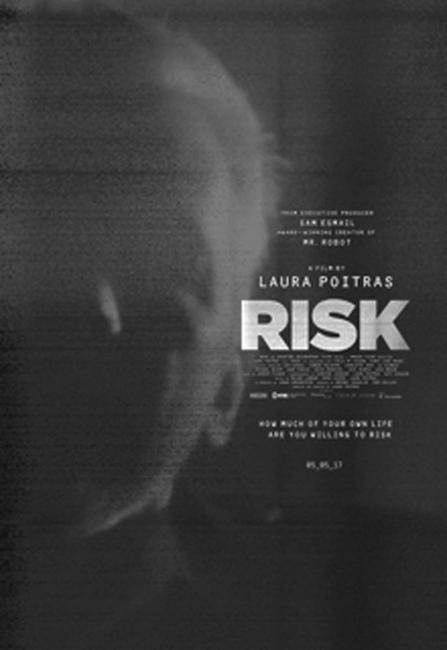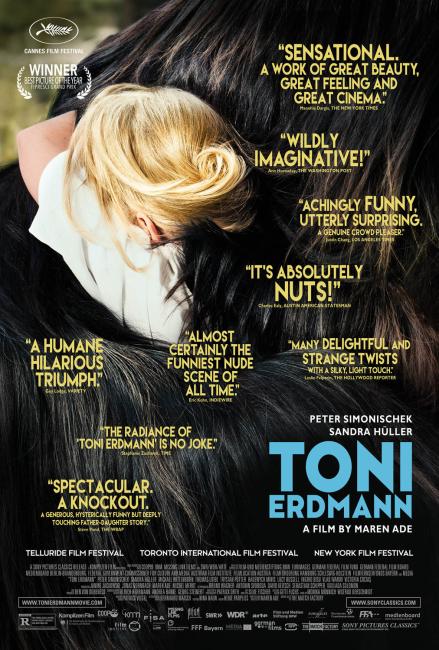
Michelle Orange
Biography
Michelle Orange is a contributing editor to VQR and the author of This is Running for Your Life: Essays (FSG, 2013). Her writing has appeared in Harper’s, the Nation, the New York Times, Bookforum, Film Comment, Slate, and other publications. Her next book, Pure Flame, is forthcoming (FSG, 2021).
